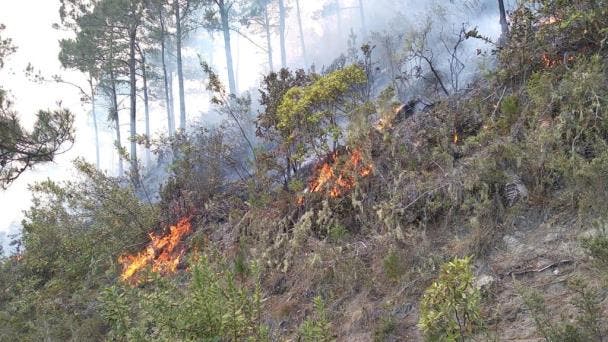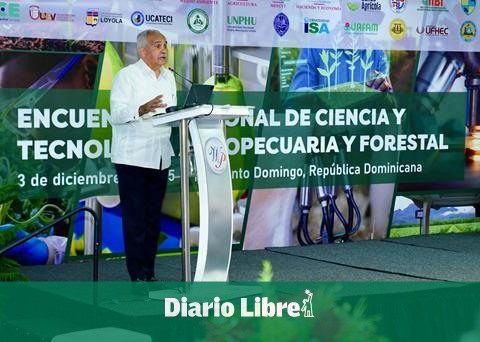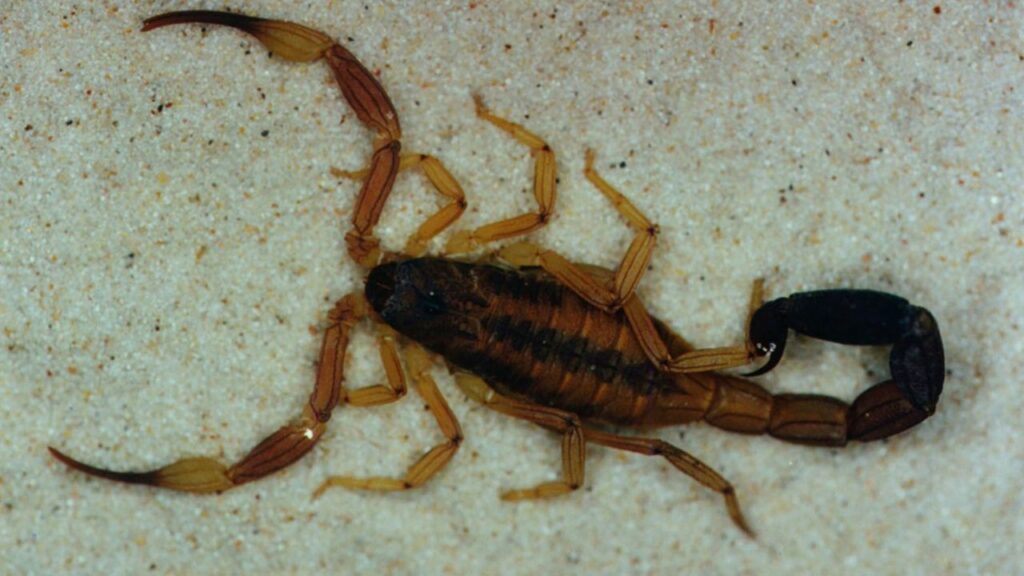A seasonal drought is affecting the South, Southwest and Northwest agricultural regions, affecting the productive sectors, according to the records of the Agrometeorology division of the National Meteorology Office. (Onamet).
The rainfall deficit that has given rise to this drought is exacerbated by the effects of the El Niño phenomenon, a climatic pattern characterized by intense heat, and whose predictions point to increasing globally, manifesting itself in more adverse effects in different regions of the world.
The provinces that are being most affected by the lack of rain are San Cristóbal, Peravia, Azua, San José de Ocoa, Barahona, Elías Piña, Independencia, Montecristi, Dajabón, Santiago Rodríguez and Monte Plata where, according to reports from producers and ranchers, the Lack of rain is reducing production and pasture for cattle.
In these provinces, the forests in recent weeks have been losing their greenness and the Ministry of Environment and Natural Resources is reporting fires in La Ciénaga, in Barahona, which were controlled by forest firefighters and volunteers.
Over the weekend they managed to extinguish the one registered in Valle Nuevo that affected thousands of vegetation tasks, which according to specialists the country will need at least 20 years to replace.
Onamet said that climatologically, January was the third month of the dry season in the Dominican Republic where manifestations of drought were evident, in the northeast agricultural regions there was a reduction of 28%; Center 19%; North with 17%, and the lowest values occurred in the northwest region with 5%, southwest 4% and south with 2%, according to the report of the Agrometeorology division.
In Barahona, in the last week, the National Institute of Potable Water and Sewerage (INAPA) announced that due to the severe drought in the area, which has decreased the flow of the main rivers that feed the aqueducts, the supply has decreased in several sectors in The Pueblo Nuevo, Baitoita, Barrio Enriquillo, the upper part of the Don Bosco and Riochil neighborhoods.
Despite the manifestations of drought, the Water Observatory assured that the country’s dams have sufficient reserves to guarantee the demand of the aqueducts and ensure the harvest of the crops already planted, at the same time that they promised to make an optimal management of the dammed waters.
The drought has deepened because in the winter season in the months of December, January and February the frontal systems are not producing rain in the Dominican Republic, a high pressure system located to the north of the country in the Atlantic Ocean predominating.
You may be interested in reading: Drought will continue until April, according to Meteorology
Onamet reported that the highest levels of rainfall were in January. In the same Onamet report, during the month of January, the highest rainfall values above 200 millimeters occurred in the towns of Sabana de la Mar with 209.5, El Seibo; Río San Juan with 248.9 from María Trinidad Sánchez.
There were also precipitations above 100 millimeters in locations Sánchez 176, Samaná; Villa Riva 147.2, Duarte; Cabrera 169, Maria Trinidad Sanchez; Gaspar Hernandez 156, Espaillat; Jarabacoa 144.6, La Vega; Villa Vasquez with 168, Montecristi.
While the lowest values below 10 mm occurred in the towns of Bohechio with 1.0 mm, Hondo Valle 7 de Elías Piña.
The maximum temperature values during January were presented in Villa Vásquez, Montecristi with 34.5 Cº and Jimaní with 33.8 Cº, while the minimum temperatures in Jarabacoa and Constanza with 8.8 Cº and 5.9 Cº in La Vega, respectively.
El Niño Phenomenon
When the El NIÑO phenomenon is influencing in the Atlantic Ocean, fluctuations in ocean temperatures occur in the central and eastern part of the equatorial Pacific, associated with changes in the atmosphere that reduce levels of humidity, water vapor, and the probability that This scenario materializes is 55% for the months of February to April 2023, and increases to close to 70% for the period from March to May, according to the monitoring of the National Meteorological and Hydrological Services (SMHN).
Until April
The National Meteorological Office (Onamet) recommends that the entire population make rational use of water due to the dry season or seasonal drought, which could last until mid-April.

















